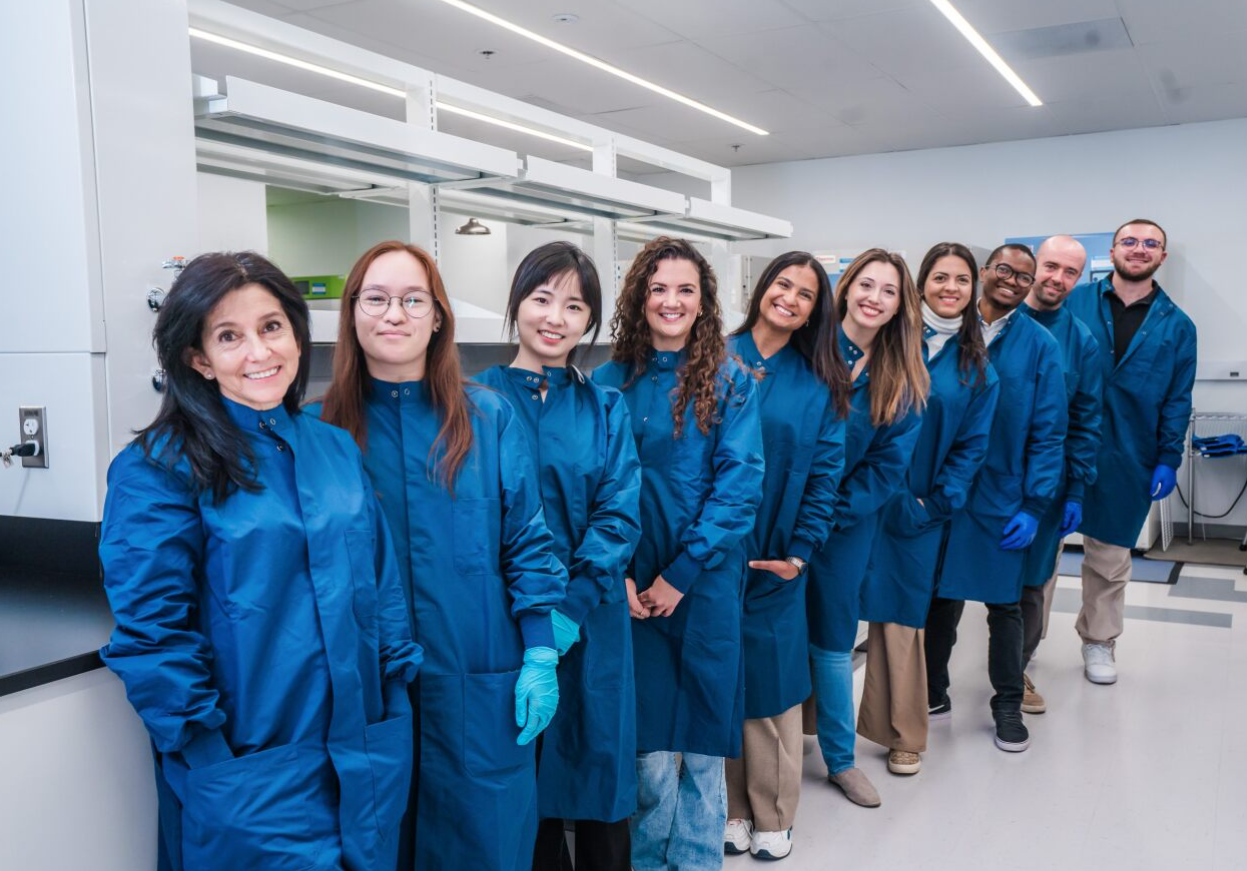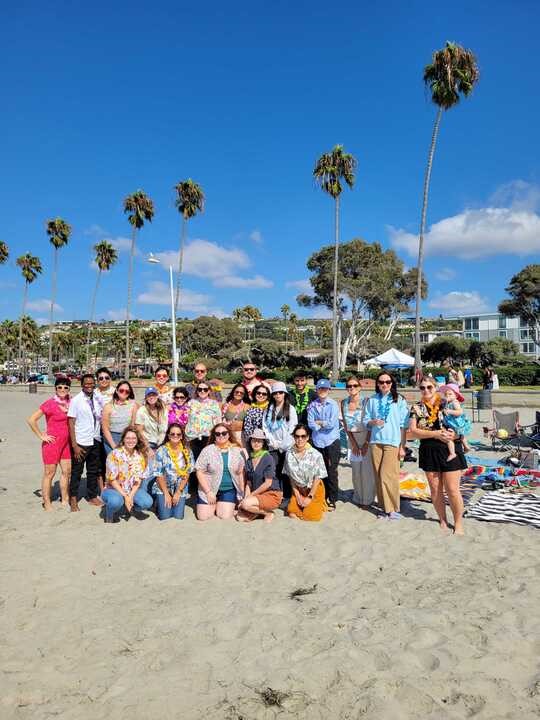Based out of our San Diego, California laboratories, the NAC team includes research and analytical scientists, as well as program and operational team members, all working closely with collaborating researchers from institutions across the globe.
Meet the NAC Team

Yumiko Adachi
Sr. Research Associate II, NAC CAVD

Thamyres de Assis
Research Associate II, HIV

Esther Chin
Research Associate II, HIV

Michael Corral
LAN Administrator

Jessica Durette
Operations Manager

Claudia Flynn
Analytical Scientist I, NAC CAVD

Finora Franck
Sr. Program Manager

Robert Gallant
Postdoctoral Associate, AMR

Nikki Gianino
Lab Manager

Jon Heinrichs
VP, Discovery Science

Oleksandr Kalyuzhniy
Sr. Development Scientist I, NAC CAVD

Mateusz Kedzior
Research Scientist II, Antibody Optimization
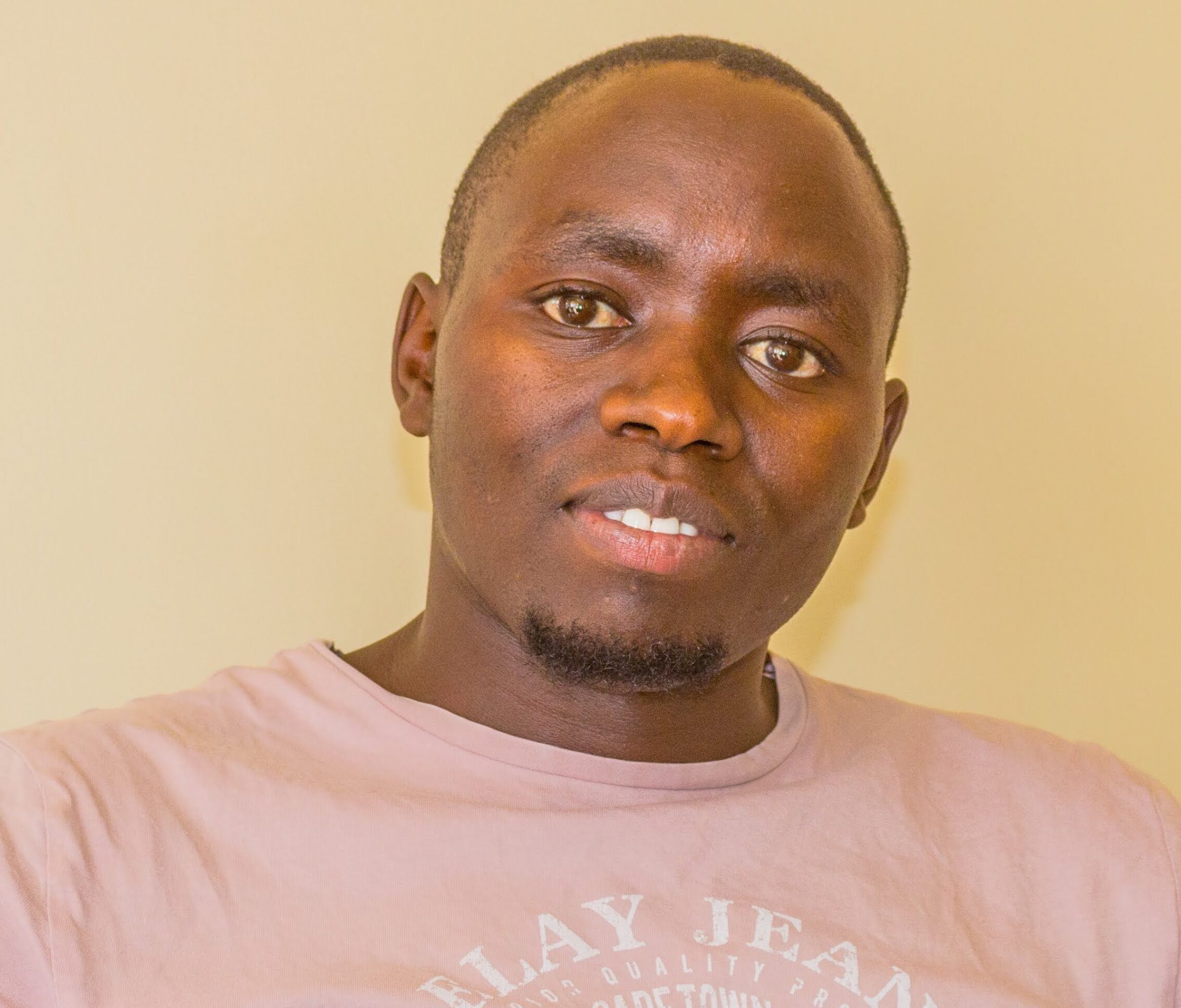
Caleb Kibet
Bioinformatician, NAC in EARO

Carolyne Kifude
Research Scientist II, HIV

Elizabeth Lampley
Program Manager

Elise Landais
Director, Global Partnerships in Discovery
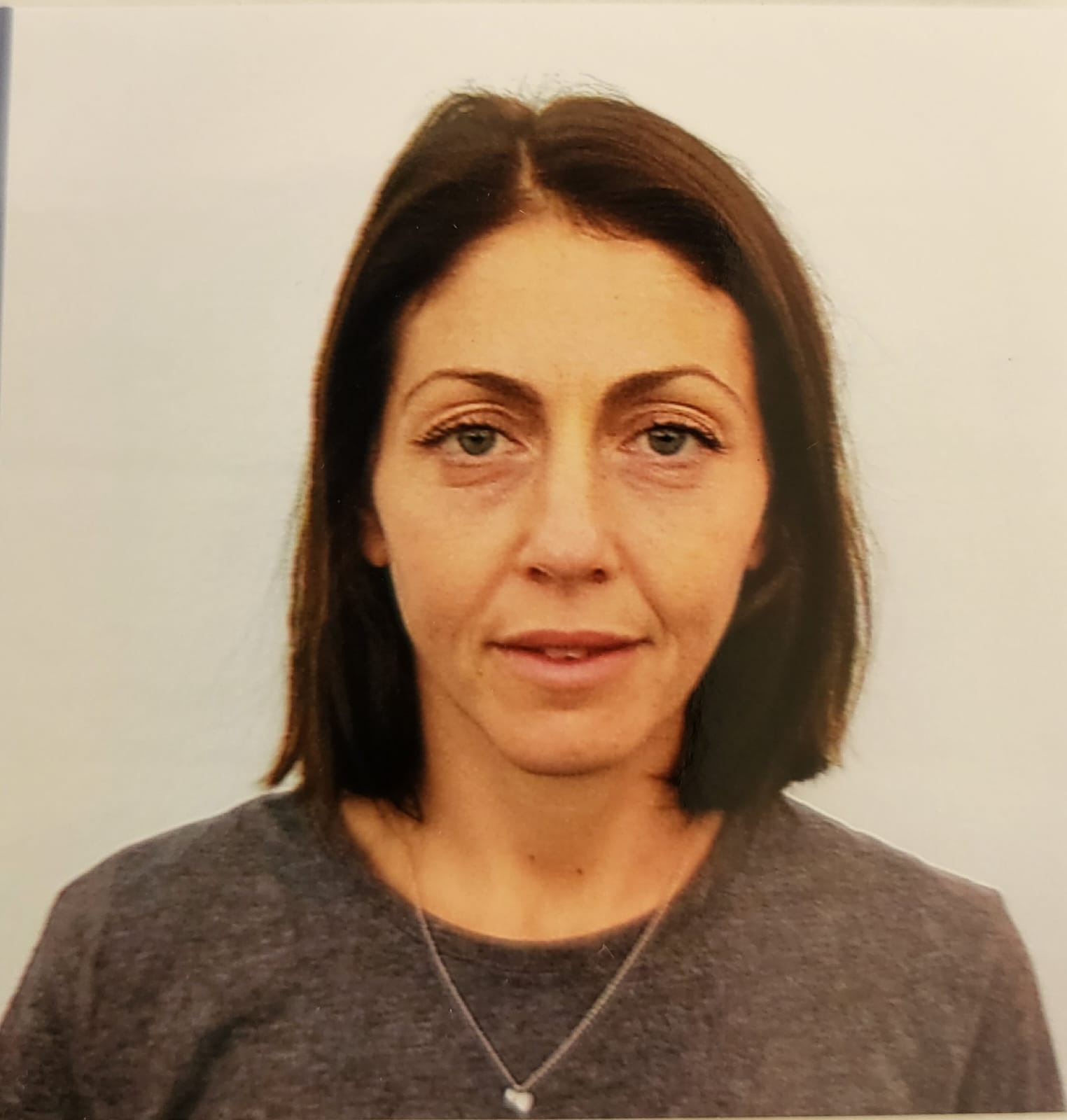
Alessia Liguori
Sr. Development Scientist I, NAC CAVD

Tawanda Mandizvo
Postdoctoral Associate, HIV

Katherine McKenney
Sr. Research Associate I, NAC CAVD

Amelia Mosley
Program Director

Sophia Pulido
Research Associate I, AMR

Romy Rouzeau
Research Scientist I, HIV

Paul Savarino
Research Associate I, AMR
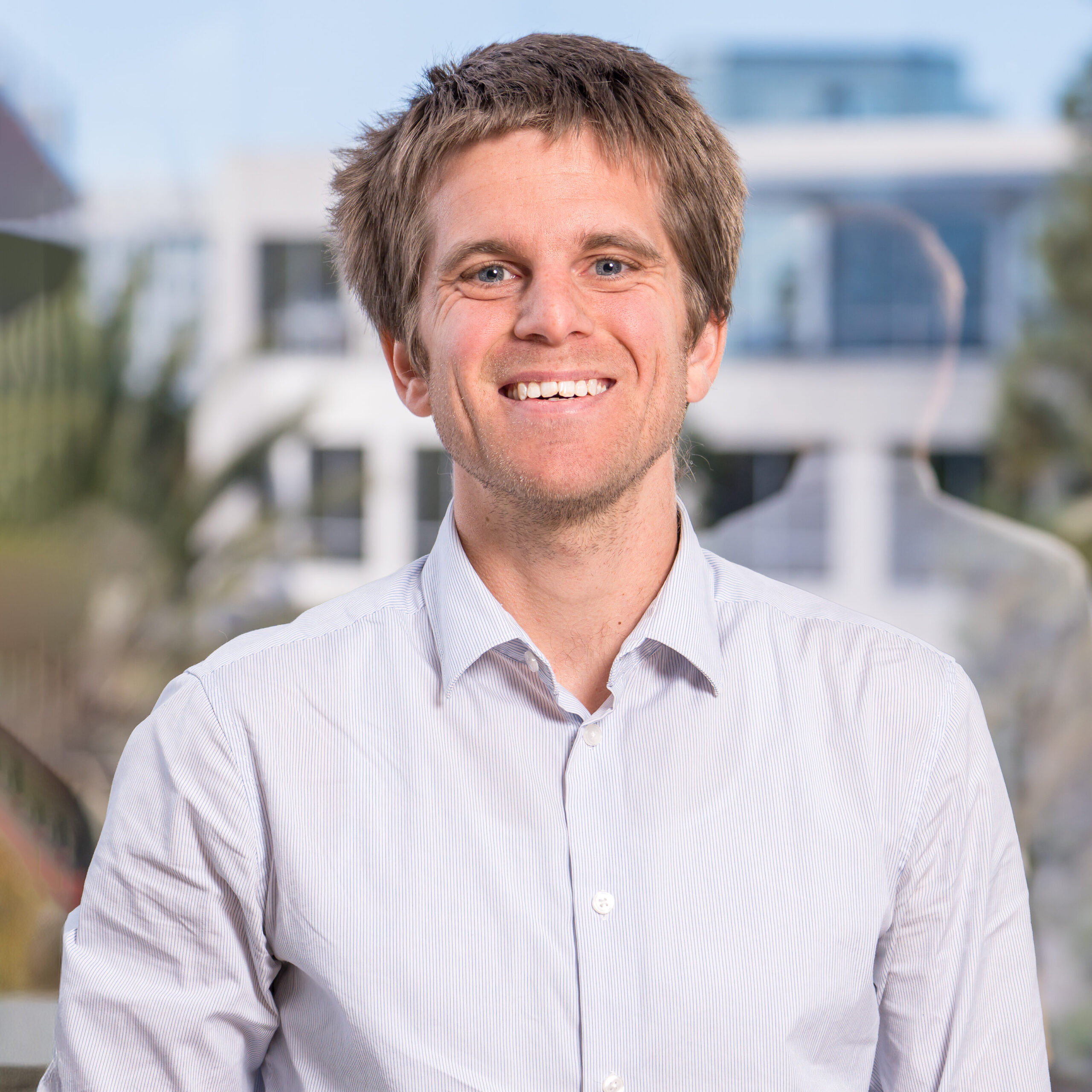
Hayden Schmidt
Principal Scientist, AMR

Troy Sincomb
Development Scientist II, Bioinformatics

Karen Tran
Associate Director, Finance and Operations

Hannah Voic
Research Associate II, NAC CAVD

Emily Yu
Sr. Program Manager

Research Scientist I, AMR
